In this interview with Collider’sSteve Weintraub, Shyamalan discusses setting up tricky shots like oners andhis approach to storytelling.
COLLIDER: You’ve done a lot of cool sequences and shots in your career.
I’m curious, what do you consider the toughest shot or sequence of all your films?

A father and his teen daughter attend a pop concert only to realize they’ve entered the center of a dark and sinister event.
Those were some difficult shots.
That’s another thing I wanted to ask you about.
How much when you’re writing a script, are you thinking about, This could be a oner?
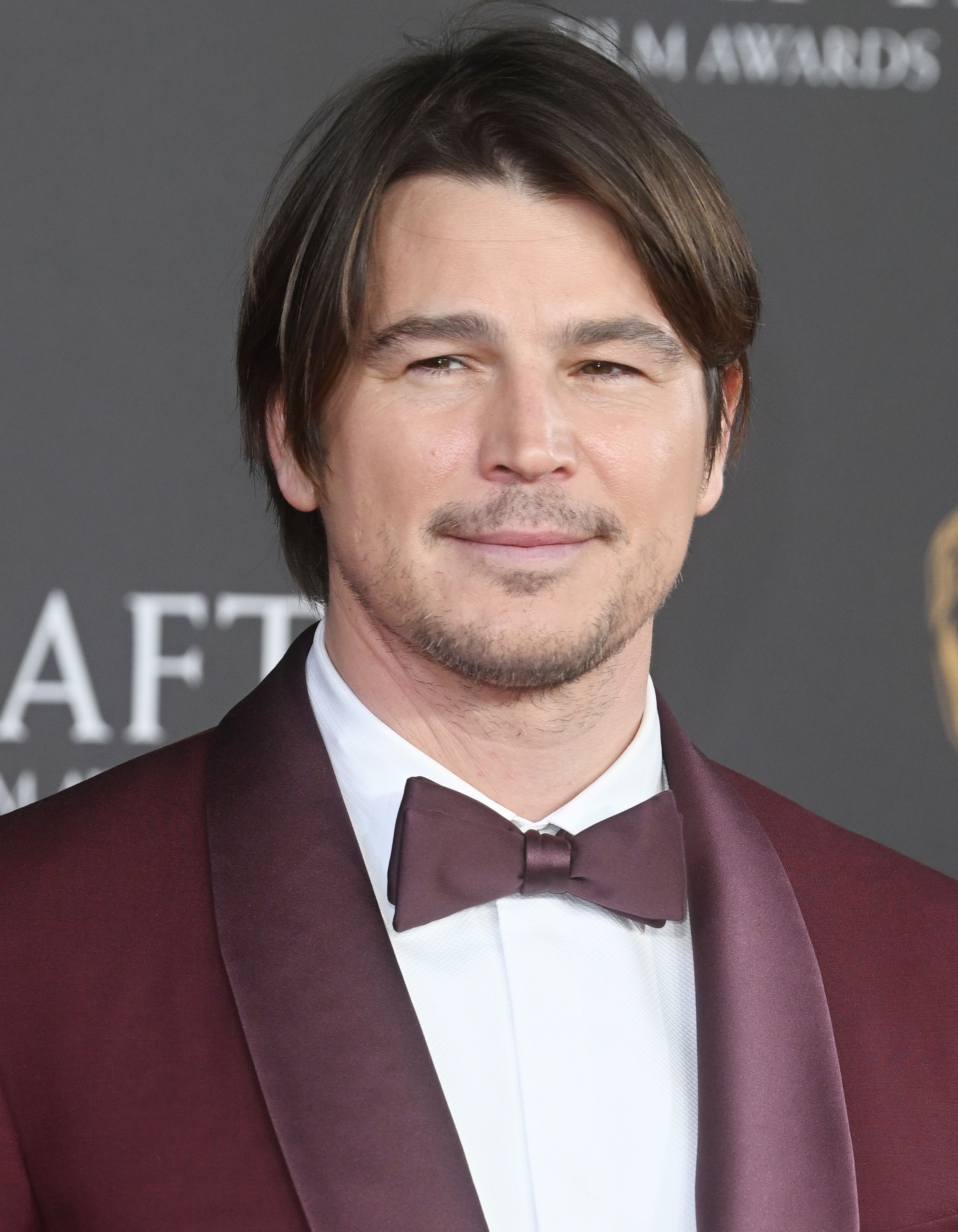
SHYAMALAN: I don’t really think about shooting it when I’m writing at all.
I’m just the writer at that point.
Why was my instinct to write it like that?
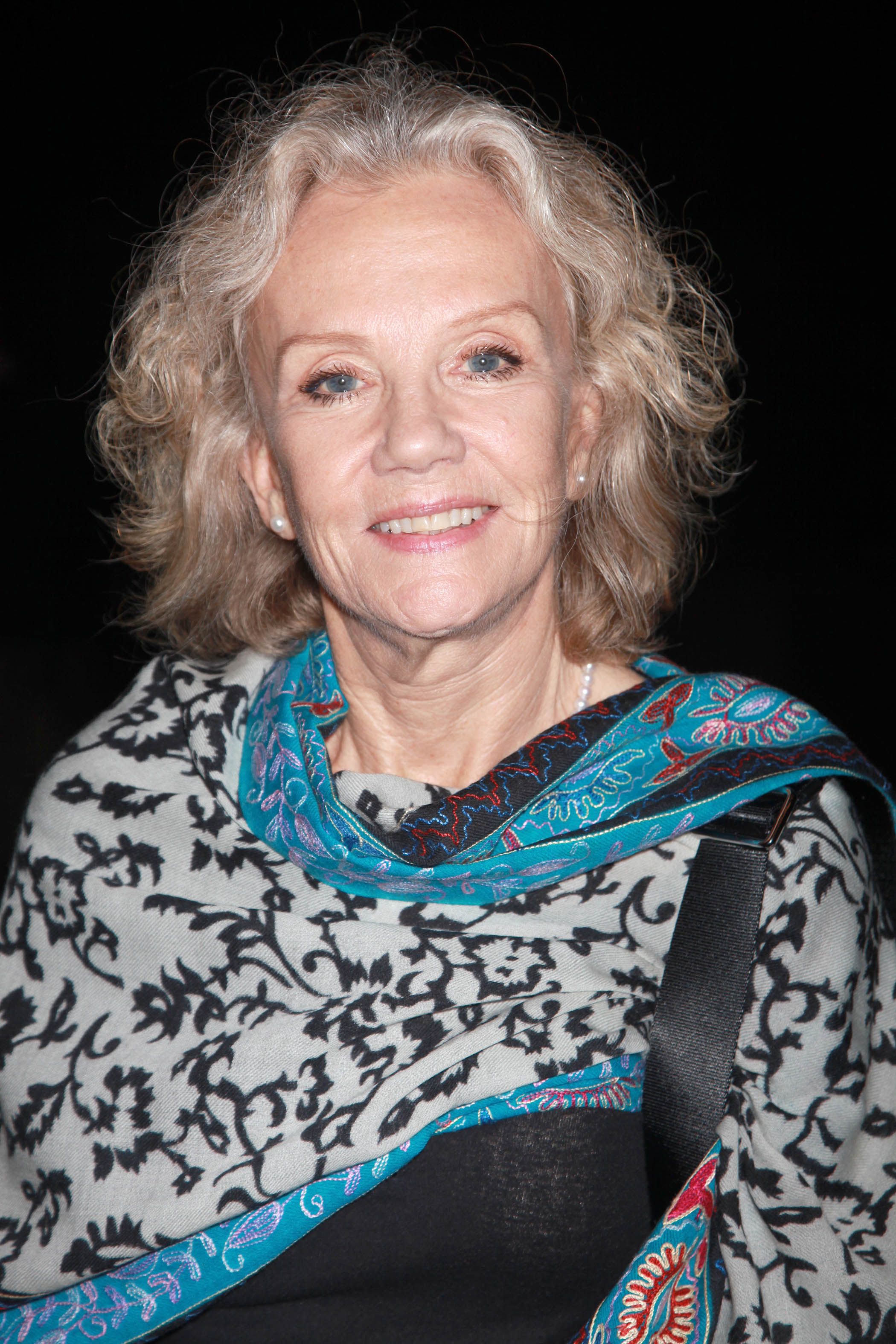
Then, some images will come.
I let the tone of the movie kind of dictate it.
ForTrap,Trapwas the most shots that I’d ever done, which I was shocked by.
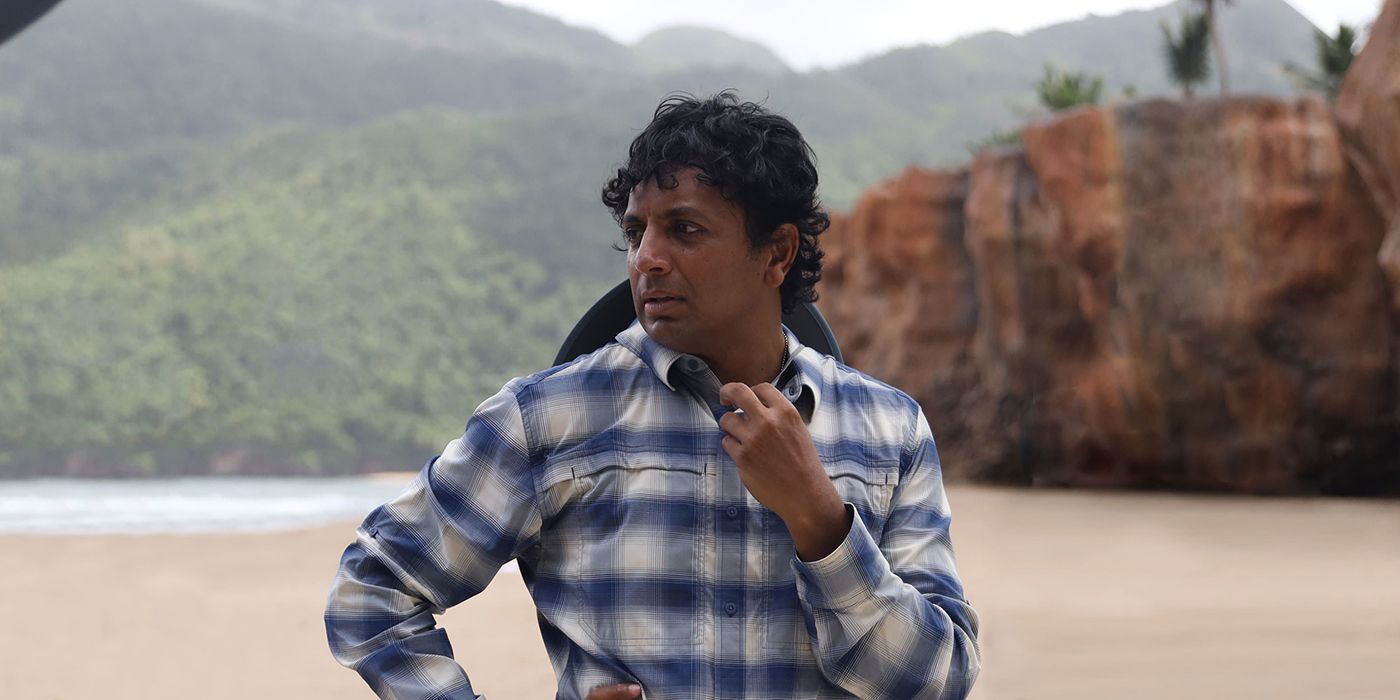
Image via Universal
But the next one may want to have this kind of string-line tension of just quiet movement.
That didn’t match the buoyancy of whatTrapwas.
This one had a lot of kinetic things to it.
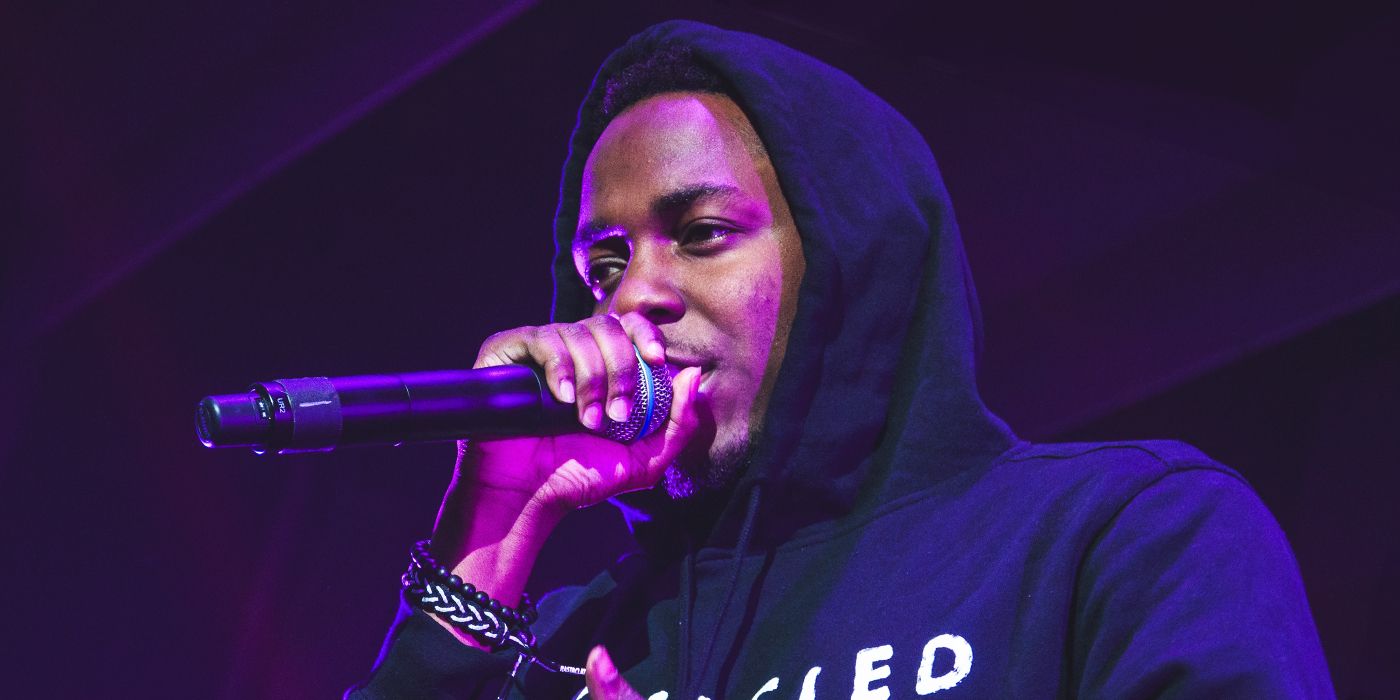
So, each movie has its own language.
My question is, I know you must love oners just like me.
Have you ever thought about, I want to do a lot of oners in this?
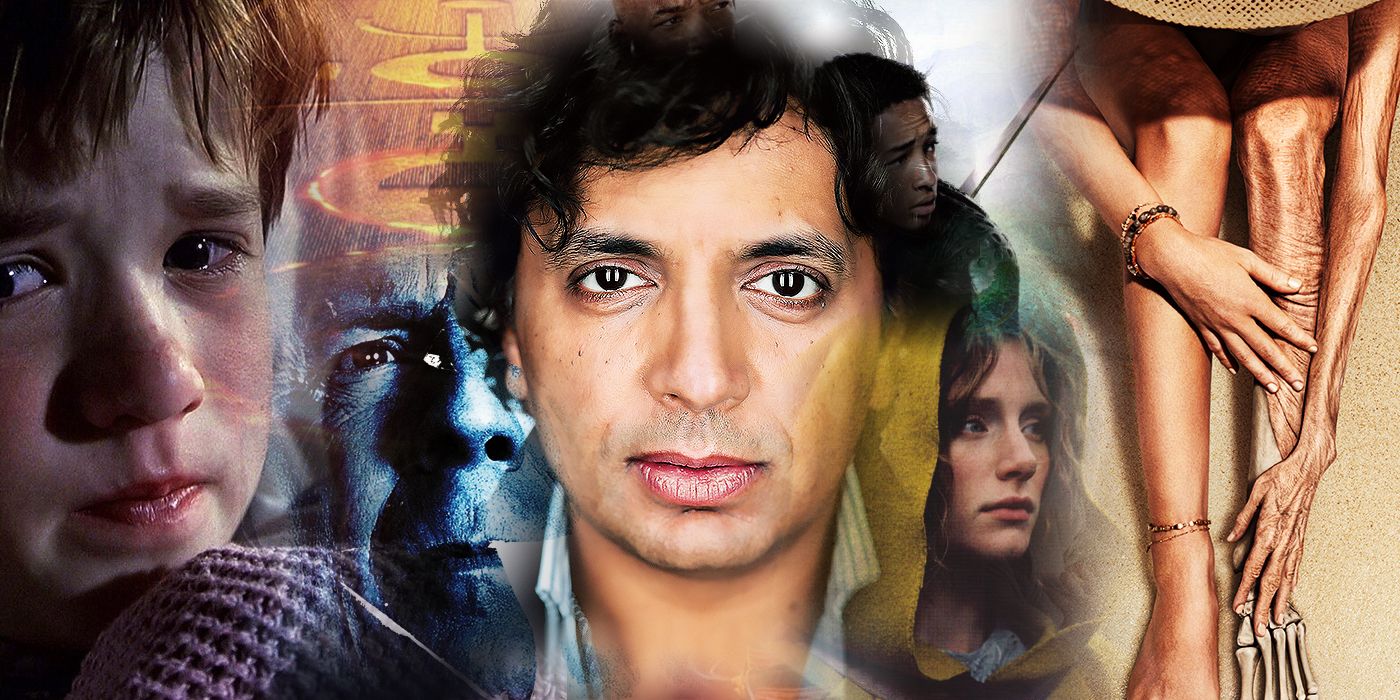
Image by Collider
SHYAMALAN: For me, generally speaking, its, What is the simplest way to shoot the scene?
What is theleastamount of shots I can do to convey the scene?
That’s my general philosophy of it.

Talk a little bit about that line because it’s a tricky line to maintain.
SHYAMALAN: That was the fun of it for me.
That’s a beautiful thing of structure which I enjoyed writing, and Josh enjoyed performing.

You’re with him, with him, with him, and then you’re frightened.
How did this film possibly change in the editing room in ways you didn’t expect?
It’s in the one day that the movie takes place, on this specific day.
That was always there.
In the two-and-a-half-hour version of the movie, it was full of laughter and joy and all that stuff.
Do you show anyone that two-and-a-half-hour cut, or is that always just your editor and you?
You don’t wanna lobotomize it.
You want to have an intensified version of what that two-and-a-half-hour version felt like.
You cast your daughter as the popstar.
What is it actually like working with a family member like that?
SHYAMALAN: It wasn’t quite like what you just said.
It wasn’t, I cast her as the pop star.
How do you bring all of that together in this balancing act?
So we built it slowly together, like, Hey, who is this fictional character?
What does she mean?
Oh, let’s set it at a concert in an arena.
Okay, what is her connection to the thing?
It was a herculean task.
So, she wrote and performed and did all this stuff.
As it’s emerging, what is the role of what does she represent in the movie?
It’s in the culture right now.
That experience is on everyone’s mind.
It’s just culture right now, going to concerts.
Its really fascinating how that emerged over these years.
Sometimes you gotta pop out and show ‘em.
What can you tease people about what you’re writing?
SHYAMALAN: I’m still learning about it.
It has a really cool kind of flip on a genre, so I’m very excited about that.
I haven’t done this particular subject matter, and I’ve always been interested in it.
But it’s an odd way to come into it again.
So you’re making a romantic comedy.
SHYAMALAN: There you go.
[Laughs]
You work all the time.
SHYAMALAN: I think it’s irrational.
There’s a love thing.
This could be so fun!
The kids are screaming and he’s trying to get out, and it’s really inappropriate.
They’re being silly and he’s trying to be a dad.
I was like, Whoa, that’s fun!
Trapis now playing in theaters nationwide.